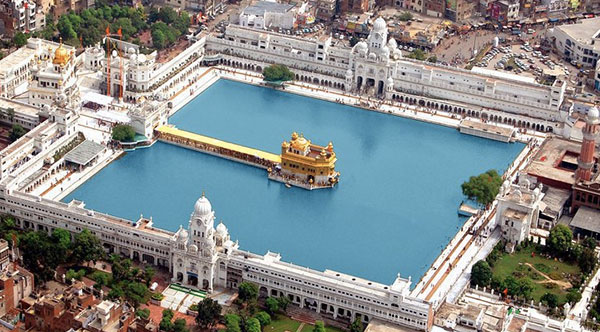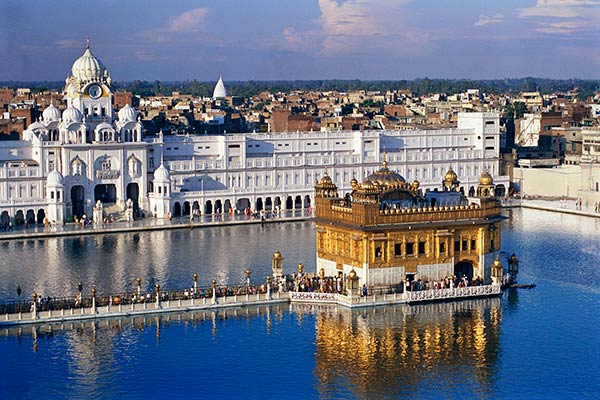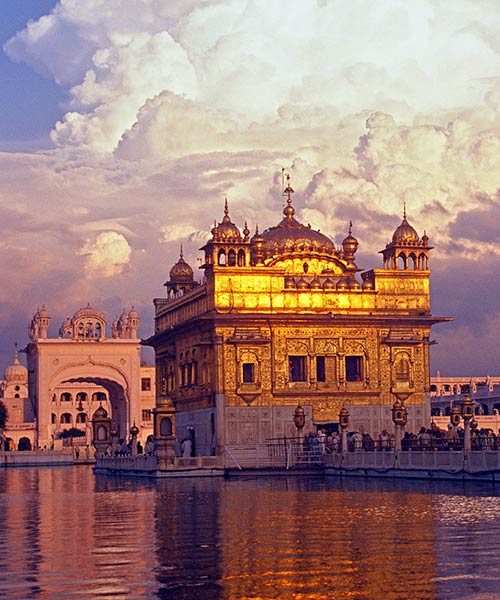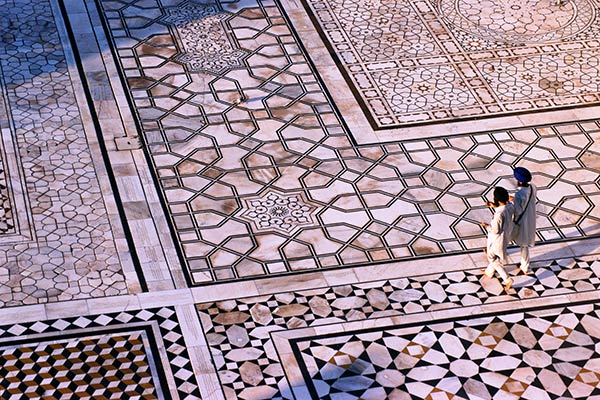KundanMaurya.com
Welcome To Blogger Website I AM BLOGGER WEBSITE DESINER
Thursday, 28 September 2017
Wednesday, 19 April 2017
Saturday, 8 April 2017
Monday, 6 March 2017
Tuesday, 12 April 2016
Golden Temple, Sri Harmandir Sahib, Darbar
The Golden Temple, Amritsar
The Golden Temple (Enlarge)
The Golden Temple, located in the city of Amritsar in the state of Punjab,is a place of great beauty and sublime peacefulness. Originally a small lake in the midst of a quiet forest, the site has been a meditation retreat for wandering mendicants and sages since deep antiquity. The Buddha is known to have spent time at this place in contemplation. Two thousand years after Buddha's time, another philosopher-saint came to live and meditate by the peaceful lake. This was Guru Nanak (1469-1539), the founder of the Sikh religion. After the passing away of Guru Nanak, his disciples continued to frequent the site; over the centuries it became the primary sacred shrine of the Sikhs. The lake was enlarged and structurally contained during the leadership of the fourth Sikh Guru (Ram Dass, 1574-1581), and during the leadership of the fifth Guru (Arjan, 1581-1606), the Hari Mandir, or Temple of God was built. From the early 1600s to the mid 1700s the sixth through tenth Sikh Gurus were constantly involved in defending both their religion and their temple against Muslim armies. On numerous occasions the temple was destroyed by the Muslims, and each time was rebuilt more beautifully by the Sikhs. From 1767 onwards, the Sikhs became strong enough militarily to repulse invaders. Peace returned to the Hari Mandir.
Hari Mandir, Amritsar, India (Enlarge)
The temple's architecture draws on both Hindu and Muslim artistic styles yet represents a unique coevolution of the two. During the reign of Maharaja Ranjit Singh (1780-1839), Hari Mandir was richly ornamented with marble sculptures, golden gilding, and large quantities of precious stones. Within the sanctuary, on a jewel-studded platform, lies the Guru Granth Sahib, the sacred scripture of the Sikhs. This scripture is a collection of devotional poems, prayers, and hymns composed by the ten Sikh gurus and various Muslim and Hindu saints. Beginning early in the morning and lasting until long past sunset, these hymns are chanted to the exquisite accompaniment of flutes, drums, and stringed instruments. Echoing across the serene lake, this enchantingly beautiful music induces a delicate yet powerful state of trance in the pilgrims strolling leisurely around the marble concourse encircling the pool and temple. An underground spring feeds the sacred lake, and throughout the day and night pilgrims immerse themselves in the water, a symbolic cleansing of the soul rather than an actual bathing of the body. Next to the temple complex are enormous pilgrims' dormitories and dining halls where all persons, irrespective of race, religion, or gender, are lodged and fed for free.
Amritsar, the original name of first the ancient lake, then the temple complex, and still later the surrounding city, means "pool of ambrosial nectar." Looking deeply into the origins of this word amrit, we find that it indicates a drink of the gods, a rare and magical substance that catalyzes euphoric states of consciousness and spiritual enlightenment. With this word we have a very clear example of the spirit, power, or energetic character of a particular place becoming encoded as an ancient geographical place name. The myth is not just a fairy tale. It reveals itself as a coded metaphor if we have the knowledge to read the code: The waters of Amritsar flowing into the lake of the Hari Mandir were long ago - and remain today - a bringer of peacefulness.
Sikh pilgrims at the Golden Temple, Amritsar, India (Enlarge)

Golden Temple Aerial View by Helicopter
Photograph by Grenade Singh
Taj Mahal At Agra, India
At the brink of dawn when the first rays of the sun hits the dome of this epic monument, it radiates like a heavenly abode, cloaked in bright golden. And then at dusk, basking in the glory of moon, it shines like a perfectly carved diamond; appearing as if straight owwut of some magical tale, leaving the viewers awestruck by its sense of grandeur. Nothing short of an architectural marvel, no wonder it stands proud at being one of the Seven Wonders of the World. And the rich beauty of this visual spectacle turns visceral when one hears the story behind it. The story of Taj Mahal!
| Location: | On the banks of river Yamuna in Agra, Uttar Pradesh, India |
| Year of Construction: | 1631 - 1653 |
| Built By: | Mughal Emperor Shah Jahan |
| Spread Over: | 42 acres |
| Significance: | One of the Seven Wonders of the World |
Tuesday, 5 April 2016
Jadugar kesse Bante Hain
पत्थर भी बोल सकते हैं? थोड़ा विश्वास तो आपको भी होगा क्योंकि आप और हम बचपन से ऐसी कथाएं सुनते आ रहे हैं कि धन्ने भगत ने पत्थर में से भगवान को पा लिया था। आप यह पूर्ण विश्वास करते हैं कि पत्थर आप की बात सुनते हैं और उत्तर भी देते हैं। आप इनसे मनचाही आशा लगाते हो। अब जब मैं कह रहा हूँ, तो आप इनकार कर रहे हो। क्यों भाई?
अब आप पूछोगे कैसे? तो भइया, सारा रहस्य जादूगर की स्टेज पर आमद तक के समय में ही सीमित होता है। जब जादूगर स्टेज पर पहुंचता है, तो सहायक अपने शरीर के किसी भी अंग से उसे छू देता है। किसी विशेष भाग को छूने से ही जादूगर को यह पता चल जाता है कि दर्शक ने किस रंग के पत्थर को पसंद किया है। अगर सहायक सिर को छूता है, तो इसका अर्थ है लाल रंग, कंधे को छुआ, तो हरा, पीठ को छुआ, तो पीला, पेट को छुआ, तो नीला आदि आदि।
जादूगर इसी प्रकार विभिन्न प्रकार के संकेतों से सारी बात समझ लेता है लेकिन अनपढ़ लोग समझते हैं कि यह जादूगर बहुत पहुंच वाला है।
Subscribe to:
Posts (Atom)




